No products in the basket.

Earth Day 2024 – Planet vs. Plastics
Plastic Pollution is a Pressing Global Issue with Far-Reaching Consequences. Here are Some Key Statistics: Global Plastics Production: Global plastics production has doubled since the

When hard water flows out of your taps, you’ll notice that your laundry may need a little extra detergent, your so-called clean dishes come out looking spotty, and your skin becomes dry and itchy when you bathe.
That’s not all! You may also notice that soap does not produce soap suds when you bathe, and your lovely hair may now be reduced to a dull, lifeless version of its former self.
You may see limescale build-up in your dishwasher or washing machine, as well as in your kettle, your heating elements may cake up with limescale, reducing their efficiency.
If this sounds all too familiar, the water in your home is ‘hard’, and you may just be in need of a water softener.
Hard water contains high levels of minerals, such as calcium and magnesium, the chemical structure which allows them to bind together with other metals. Limescale is left behind when hard water evaporates. It produces a hard, chalky deposit and builds up where water is heated or left standing.
It is most commonly found, although not exclusively, in association with hot water – for example in kettles and on taps and shower heads. However, it also builds up in less visible areas – the inner surfaces of pipes, washing machines and dishwasher elements, for example.
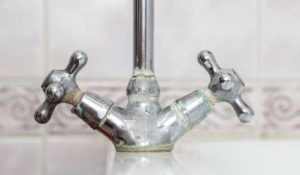

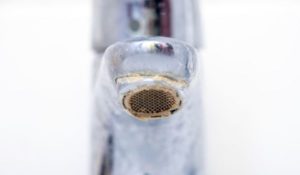
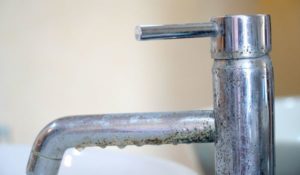
Unlike a water filter, which removes contaminants like sediments, chemicals and unwanted organic matter from your water, water softener filter systems are created to remove excess calcium and magnesium from water. Ultimately leaving you with only soft, silky water flowing out of your taps, preventing damage to your household appliances, while being kinder and gentler on your skin.
The process that water softeners use is called ion exchange. Ion-exchange works by removing the calcium and magnesium from your water﹘the minerals in hard water that causes the chalky build-up (limescale) on heating elements, spotting on your cutlery and glassware and blockages in your shower nozzles.
The softener tanks are filled with resin beads. As water passes through, these beads attract and hold on to the magnesium and calcium minerals in the water and ‘exchange’ them for sodium ions. This process makes the water soft. Et voilà! Silky, soft water that your hair, skin, and appliances will thank you for.
At H2O | BWT, we call it Pearl Water! Pure luxury!

Water softeners consist of three main components: A control valve, a mineral tank, and a brine tank.
Here’s how each of these components works:
This is basically the chamber in which the hard water gets softened. The water flows through a layer of resin beads which extracts calcium and magnesium ions, leaving only soft water to flow through your pipes and into your household appliances.
A control valve is a vital component as it measures the amount of water passing through the mineral tank. The meter in the control valve tracks the volume of water that enters the mineral tank. Before the resin beads reach the capacity of mineral content that they’re able to hold, the control valve automatically starts the regeneration cycle. The maximum capacity or limit will be programmed into the control valve’s computer, taking into consideration the level of hardness of the water in your home, as well as the size of your home.
This is a smaller tank containing a salt solution, and in some cases, potassium as well. The role of the brine tank is to assist with the regeneration of the positive charge of the resin beads. Salt pellets or blocks get added to the brine tank, and these dissolve in the water at the bottom of the tank.
Once the control valve picks up that the capacity of resin beads has decreased, the brine solution gets released into the resin in the mineral tank.
The type of regeneration cycle your system will have depends on the type of water softener filter system it is.
Here’s a quick breakdown of how the two different regeneration cycles work:
In water softener filter systems using a co-current regeneration cycle, the brine solution flows into the mineral tank in the same direction as the water, it then flows down to the resin bed, where an ion exchange takes place.
The salts in the brine cause the beads to release the trapped magnesium and calcium ions and exchange them for sodium ions. In this type of cycle, a large volume of water and salt is used. In a co-current regeneration cycle, the beads with the most charge can be found at the top of the tank.
You may have guessed that in a counter-current regeneration cycle, the water flows into the tank via the bottom of the mineral tank. The brine gets pushed up and into the resin bed, and because the resin beads are usually less depleted at the bottom of the tank, this process uses significantly less water and salt. The resin beads at the bottom of the tank will also carry a higher charge than the beads at the top.

If you think you might have a hard water issue, you should know that the benefits of a water softener really do make the investment worthwhile! It’s also pretty easy to determine whether you have hard water flowing through the faucets of your home.
You should look out for:
If you are still not sure, please contact us to assist.
If you’re prone to skin conditions, such as eczema and psoriasis, softened water may just be the answer you’ve been looking for as it can help you to obtain softer, healthier and non-itchy skin.
There are, however, many sources warning us of the dangers of softened water, why is this? Well, during the ion exchange process, resin beads release sodium into the water. To those who suffer from certain health issues, such as high blood pressure, this may pose a slight threat to your wellbeing. Good news! You can install a water filter after the water softener to remove the sodium.
Now that you know what to look out for, you can determine whether or not all signs point to hard water and if so, take a look at our selection of Water Softeners and get ready to say goodbye to hard water forever!

Plastic Pollution is a Pressing Global Issue with Far-Reaching Consequences. Here are Some Key Statistics: Global Plastics Production: Global plastics production has doubled since the
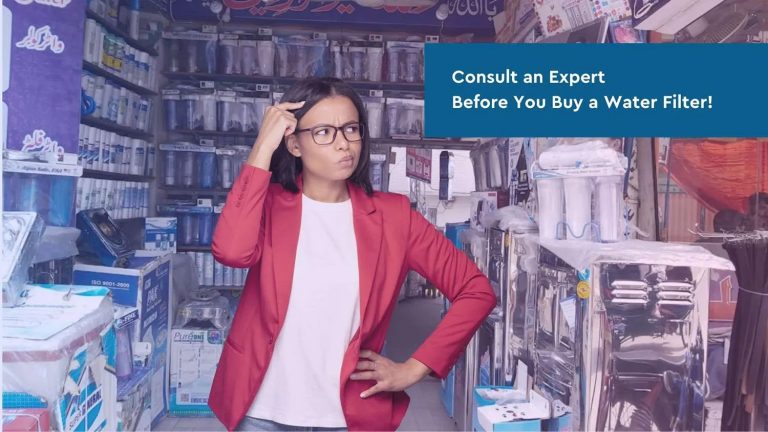
Although all living things require water, not all water is of the same quality. The taste, safety, and usability of water are all impacted by
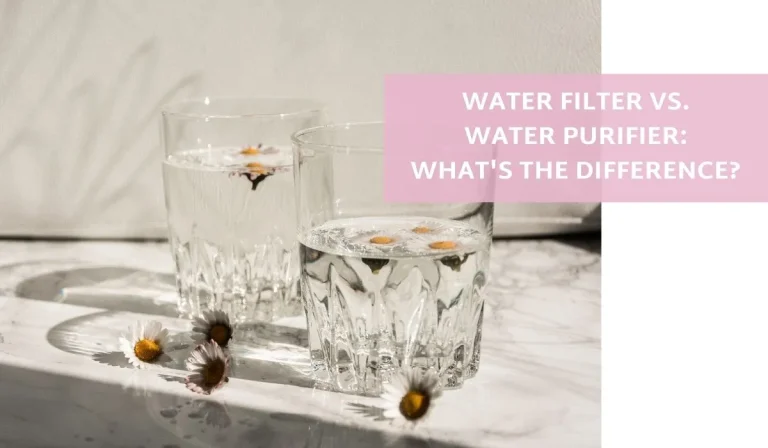
Is water filtration and water purification the same thing? If you’re new to the world of water filtration and purification, a question like this may

The safety and well-being of employees has been the primary concern of every business owner since the lockdown ended and more of us returned to

As the summer temperatures rapidly rise, bringing the promise of sunny days and outdoor adventures, prioritising hydration is crucial. The summer season demands that you
Join the H2O | BWT family and get R100 off your first order
Please note, minimum spend of R1000.